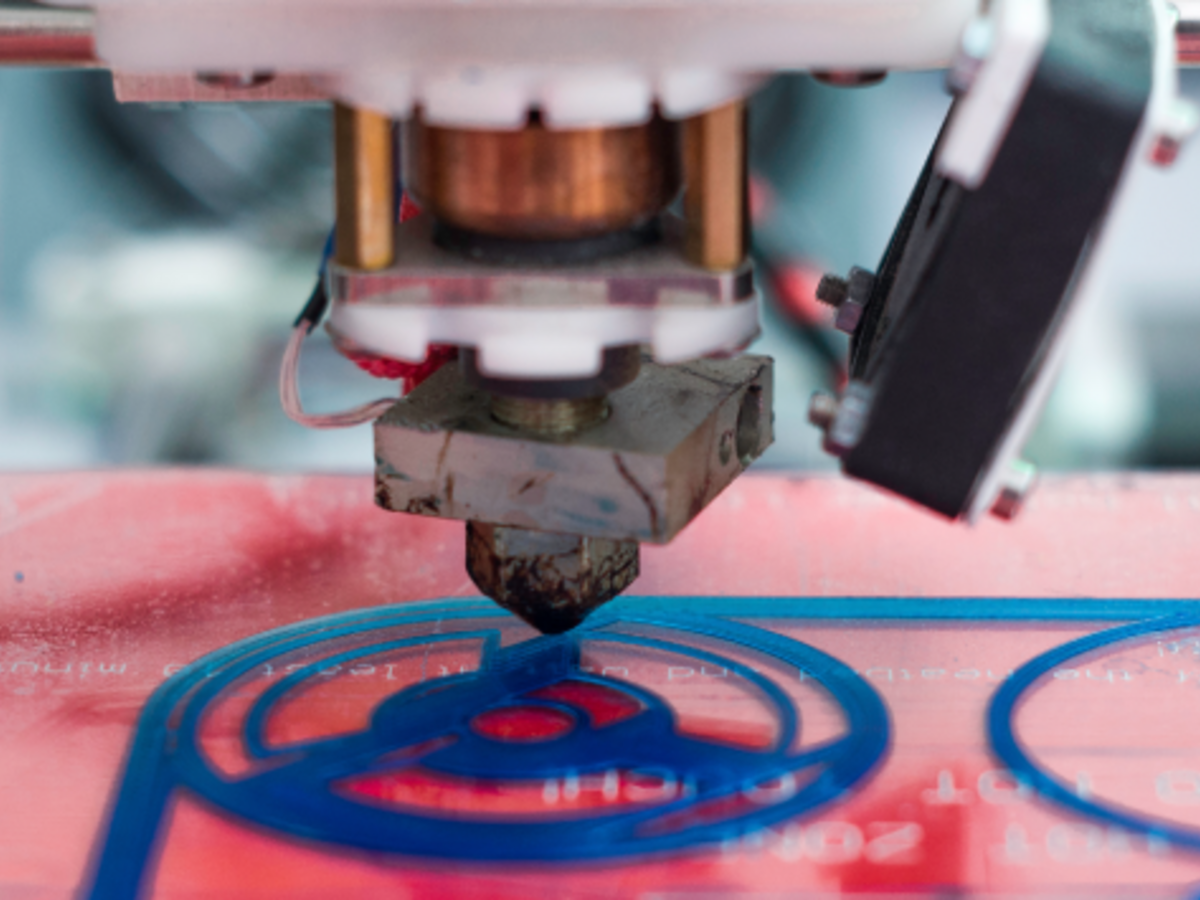July 28, 2015
This manufacturing process differs from the commonly used injection mold method, which works typically by applying a molten plastic resin into a cast-metal mold using high pressure. Instead, 3D printing creates objects and parts using a machine that “prints” plastic resin or other materials as guided by a digital design. The machines vary on the application method used, but the key characteristic common to all is that they build an object in layers, as the molten plastic resin or other substance is applied successively on top of each previous layer.
3D printers and other larger additive manufacturing machines have electrical and physical safety concerns common to similar-sized pieces of machinery. But what is not well known is what types and quantities of chemicals and fine particles are released into the air when these machines operate, and, consequently, the effect of those by-products of printing on human health. The increased use of these machines, particularly in homes and schools where children are exposed, makes answering these questions imperative.
To help address this chemical safety concern, UL is conducting research to characterize the chemical and particle emissions associated with various types of 3D printing technologies and print materials. Emissions will also be studied with bioassays to evaluate potential human toxicity, and the complete data will be used to evaluate acute and chronic health risks.
The research is being conducted by UL along with atmospheric chemistry scientists and public health experts from Georgia Institute of Technology and the Emory School of Public Health. An international technical advisory committee is also reviewing test plans and data and contributing to technical development of test methodologies. The National Institute of Occupational Safety and Health (NIOSH) who is represented on the committee has a particular interest in the release of asthmagens, substances that can cause or exacerbate asthma, a respiratory disease. This research will lead to the development of accurate measurement test methods and exposure models for evaluating emissions among various printers and evaluating their risks. This will guide future evaluations of 3D printing technologies from a human health view and aid in product design and material selection.
Upon completion of the research, UL plans to publish the 3D printer study results in peer-reviewed science journals and present the findings at a technology conference. With this research, UL wants to illustrate the importance of an expanded, more comprehensive understanding of safety – one that melds the traditional focus on electrical, flammability and mechanical safety hazards with the chemical and particle hazards that could harm human health.

